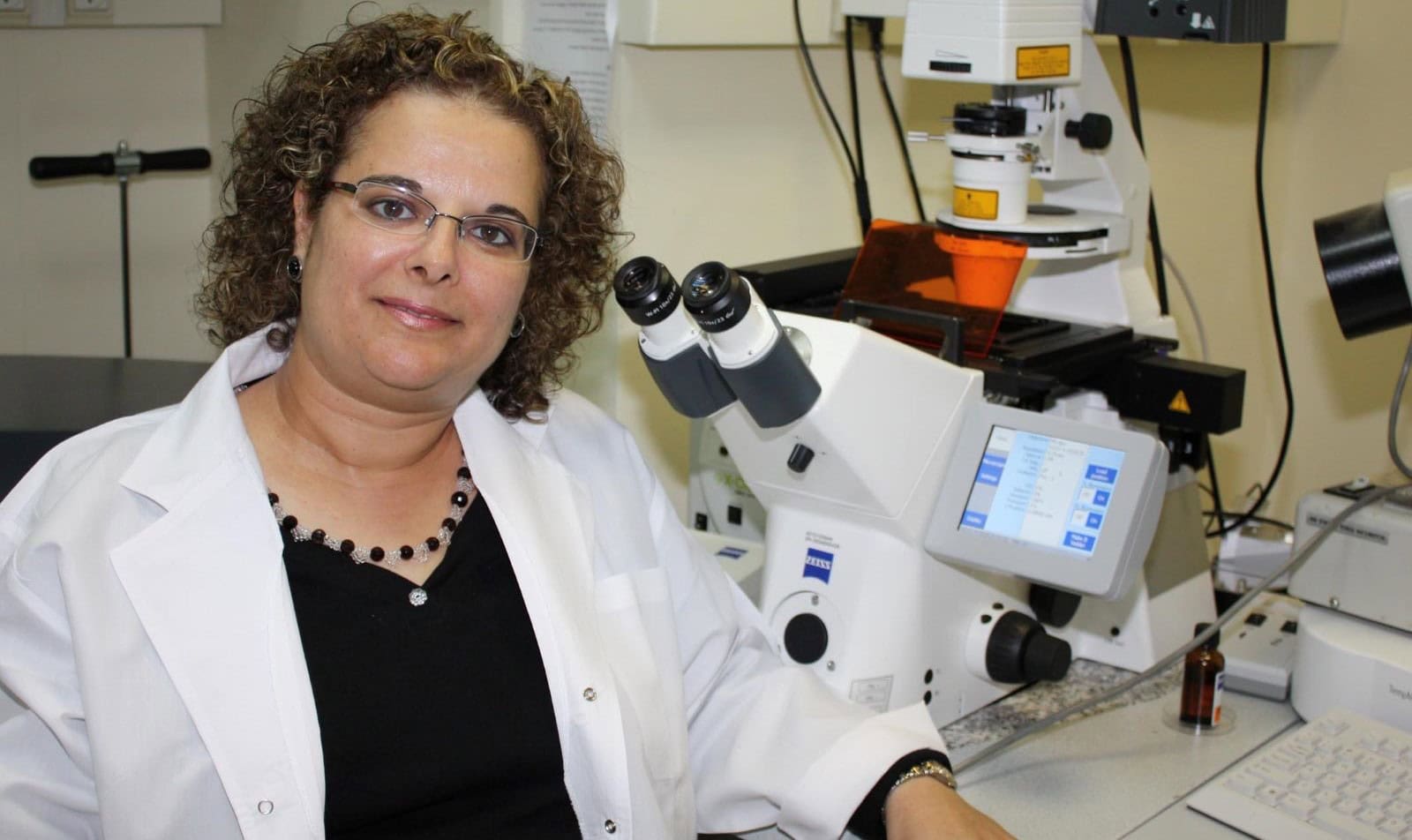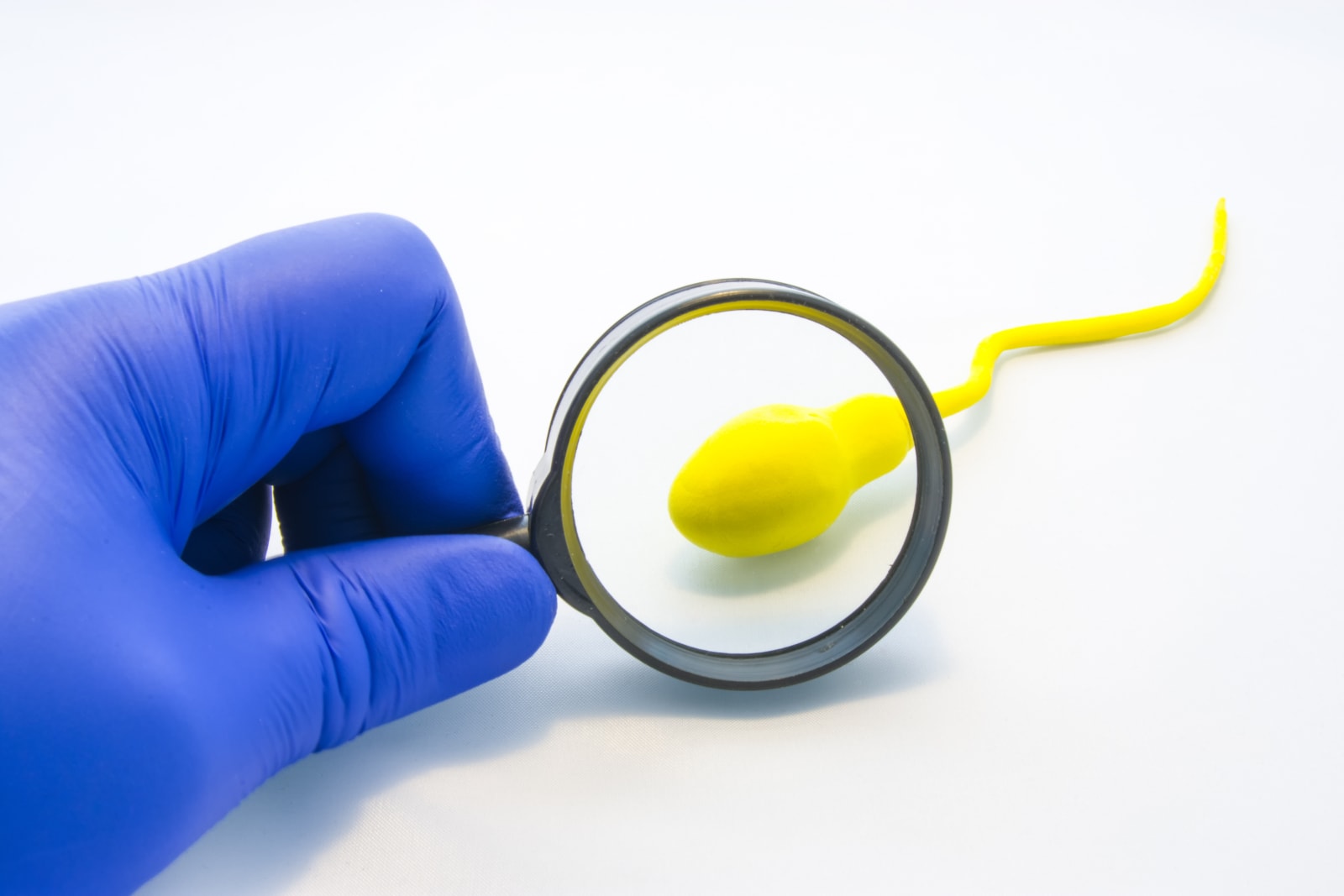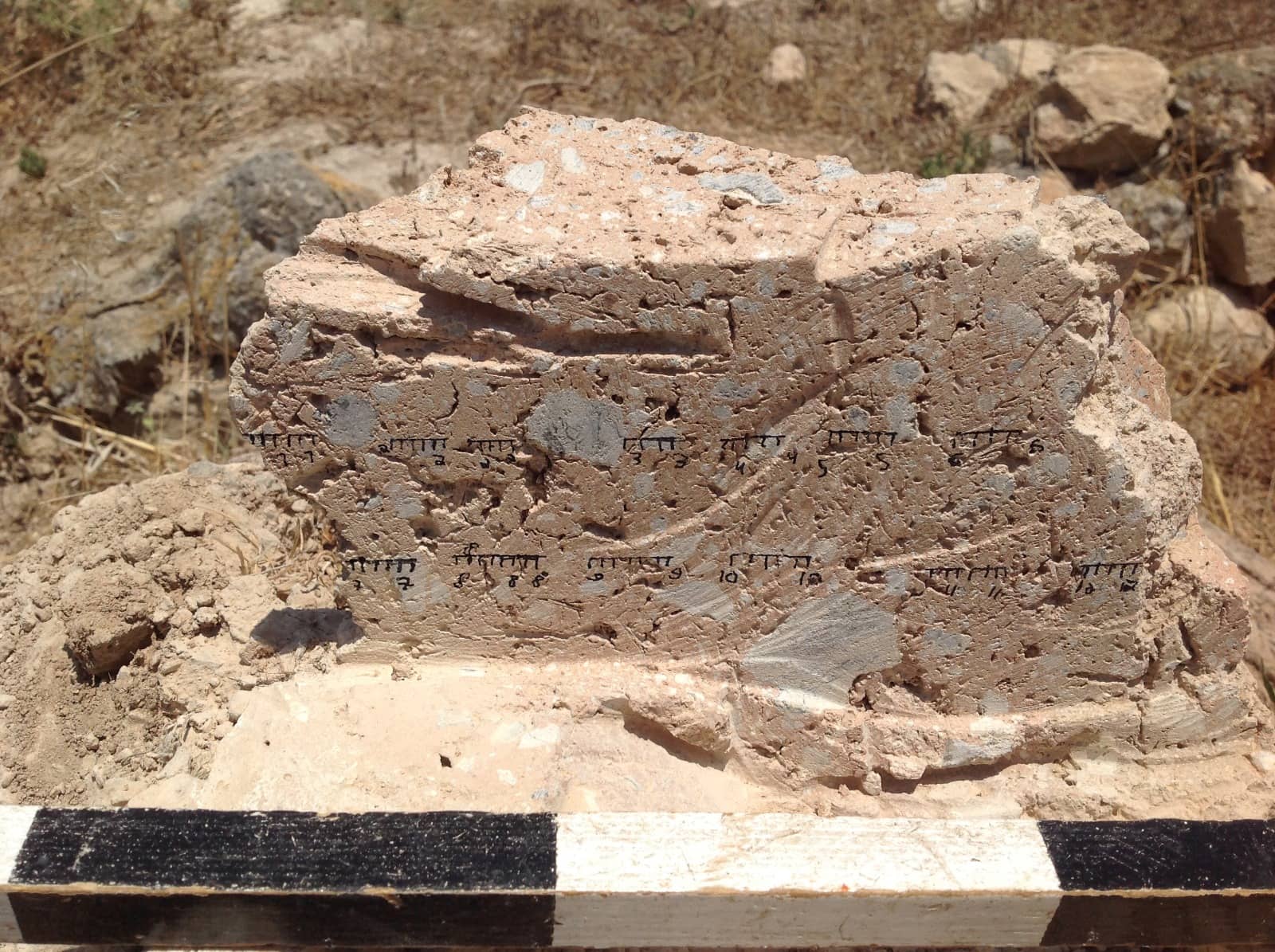
AI model predicts lightning wildfires with 90% accuracy
Israeli researchers use seven years of weather and satellite data to predict future wildfires caused by lightning strikes.

Israeli researchers use seven years of weather and satellite data to predict future wildfires caused by lightning strikes.

This new machine learning technology could help farmers optimize harvest timing and improve the quality of the produce.

Hebrew University and Bar-Ilan University researchers secure grants to promote their breakthrough medical and scientific research.

Study shows that UFO sightings are more common in wealthy areas and everywhere during economic downturns.

Researchers say plot-and-berm method could address current challenges of water scarcity and food insecurity, especially in arid areas.

Study offers a sustainable method of coral restoration and an invaluable tool to help address the ongoing global coral crisis.

Natural killer cells, essential for fighting cancer, often malfunction due to exhaustion. A promising new technique could rejuvenate them.

Breakthrough in understanding confidence levels in deep learning AI has implications for fields ranging from transportation to healthcare.

Researchers have pioneered a novel treatment for early Alzheimer’s disease using nanoparticles activated by weak X-rays to target a protein linked to cognitive decline

A Bar-Ilan University study has linked the composition of the gut microbiome to autism spectrum disorder behaviors.

The petri dish privates mark a milestone in the study of sexual development disorder and male infertility research.

Sound-based chemical manipulation can be used to extend crop shelf life by embedding edible preservatives into the skin of the produce at high speeds.

Red Sea coral expert explains that the two pollutants are likely to influence reef health, coral settlement and fish behavior.

Scientists discover a method to determine whether a soil sample, such as mudbrick, was burned down or collapsed, helping resolve ancient mysteries.

Breakthrough makes it possible to design RNA-based drugs that halt the development of the disease carried by tsetse flies.